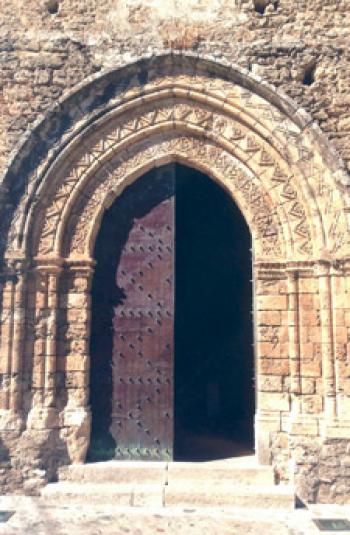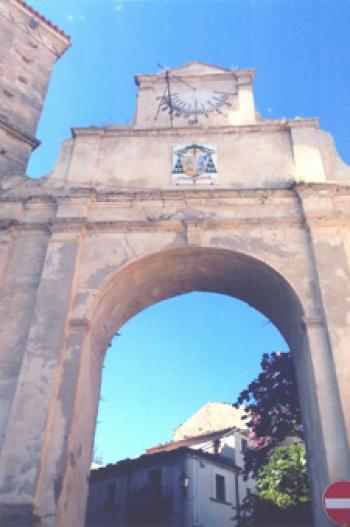‘Making memories’ in Italy
This item appears on page 28 of the December 2016 issue.
Visiting family in Italy is not just social; it involves going places and seeing new sites together while making memories. This I did in August 2015.
In Rome I toured Castel Sant’Angelo, an interesting and spectacular fortress that was used as a defense against invaders during the Middle Ages. It has catapults, courtyards and winding staircases as well as views of the Tiber River.
Leading to the fortress is a bridge that crosses the Tiber and is lined with statues. An enormous white marble statue of the archangel Michael towers over this castle, commemorating a vision a pope experienced during a plague. Visitors can wander freely without guides, and tickets can be purchased at the entrance.
I also visited the Basilica of Saint Mary Major, which is rich in artwork. It claims to contain the manger of the baby Jesus, now enclosed in glass and gilded in gold. Tours were available in all languages; however, I preferred to just wander on my own and take my time to appreciate the beautiful artwork.
From Rome, a cousin and I took a bus south to the Calabria region. The bus company was LirosiLinee (phone +39 0966 57552, www.lirosi linee.com [in Italian only]). The cost of a one-way ticket from Rome to Vibo Valentia was €29 (near $33), and seats were assigned at the time of purchase. (The stop in Vibo was at the police academy.)
We boarded the bus at Rome’s Tiburtina Station, which was spacious, with buses lined up in numbered stalls.
The bus was clean and comfortable. It was a great way to see the countryside. They distributed candy to the passengers and then movies were shown. Halfway through the trip, there was a half-hour stop. There were always two bus drivers, in the event of fatigue.
The rest stops, or Autogrills (www.autogrill.com/en), along the Autostrada were incredible, equipped with clean marble bathrooms with automatic soap dispensers, faucets and dryers. Forget the fast food found along US highways; these Autogrills featured delicious Italian salamis, prosciuttos and fresh mozzarellas.
In Calabria, my cousin Pasquale drove me cross-country to the Ionian side. We walked around Locri, the excavation site of an ancient Greek settlement. The museum there contained artifacts of ancient daily life.
Next we headed to Gerace, a city at the top of a mountain. The view was just spectacular, as you could see the winding mountain roads and the Ionian Sea. As it’s a walled city, Gerace has entrances that make for some nice photo ops.
The Gerace Cathedral contains many treasures from the 12th century. Gerace is known to have 100 churches, each of which is a work of art. One church has been turned into a gallery for art and music, and when we visited, a music lesson was taking place.
No trip to Italy would be complete without a visit to Sicily. We drove to the ferry at Villa San Giovanni and crossed the Strait of Messina. Ferry tickets could be purchased at the crossing. We went to Taormina and, in the evening, to Giardini Naxos.
In Taormina, the ancient amphitheater is still used for concerts. We climbed the stairs all the way to the top, where there were niches that might have contained statues at one time. Naturally, we posed in them.
Taormina has many shops and artisans selling their wares. At a fountain in the main square, there was a small group of elderly gentlemen actually playing the theme from “The Godfather” on their mandolins.
We met some of my cousin Pasquale’s friends at a mountaintop restaurant called Ristorante La Montagnola (Piazza S. Antonio, 8, 98030 Forza d’Agro ME, Italy; phone +39 0942 721017, www.lamontagnola.altervista.org [Italian only]), which specializes in seafood. The many bountiful dishes were exquisite, including pasta blackened with the ink of a squid.
My last day was spent relaxing with another cousin, also named Pasquale, and his wife, Rosy, at a seaside resort in Calabria. Crystal-clear water reflecting the azure Mediterranean sky made for a perfect ending to an enjoyable visit.
MARIA C. CIANCIO
Ossining, NY


